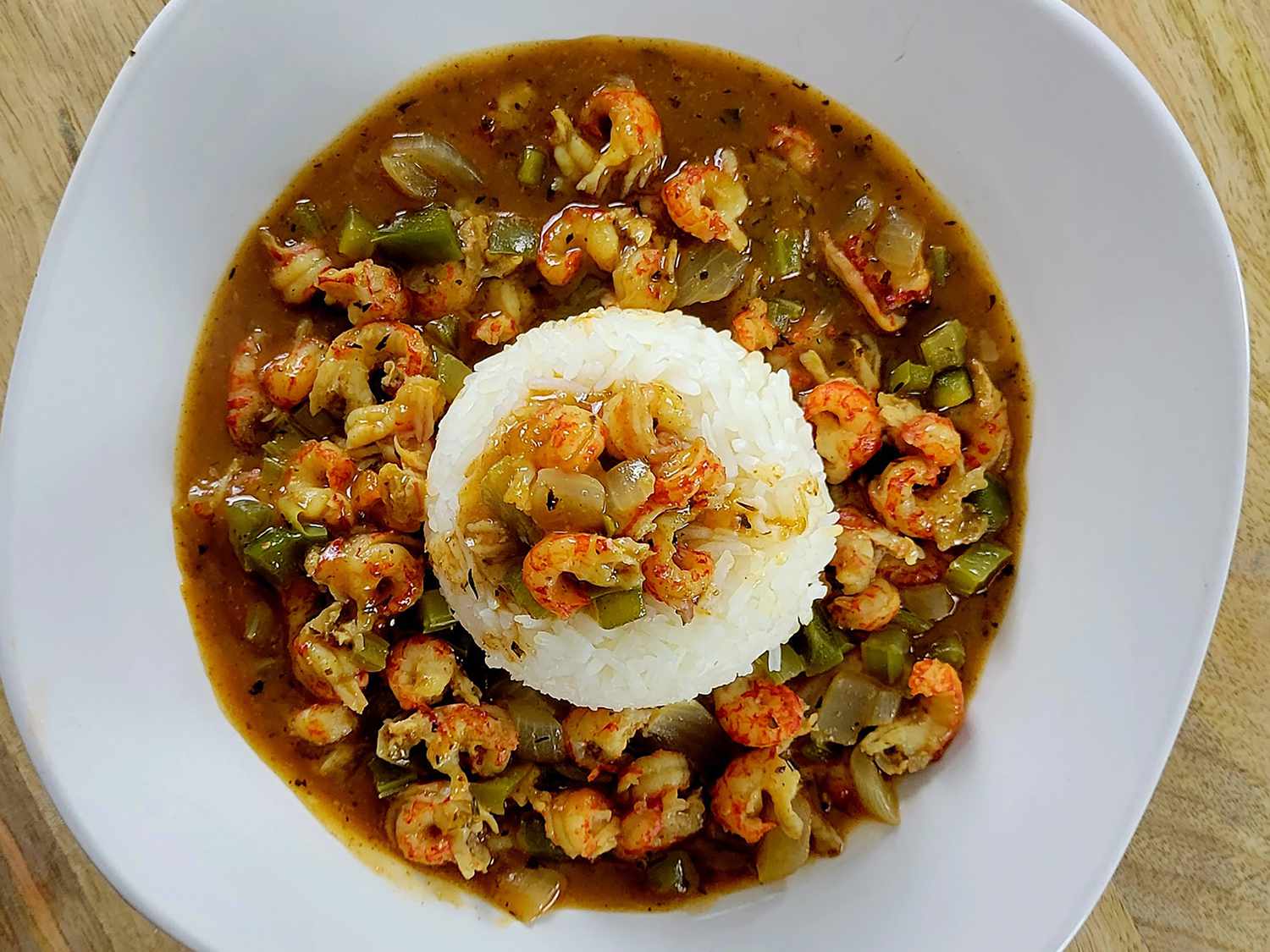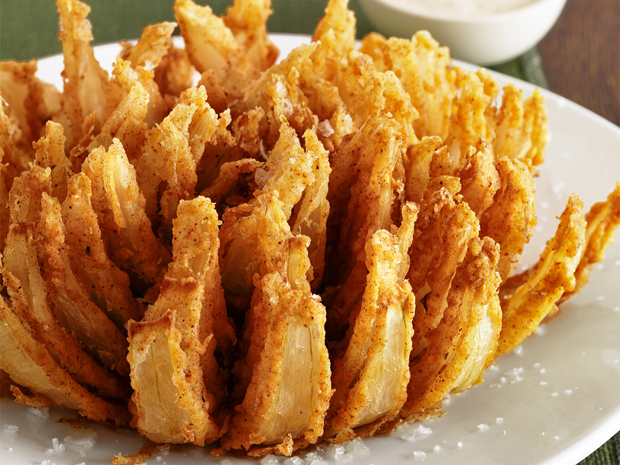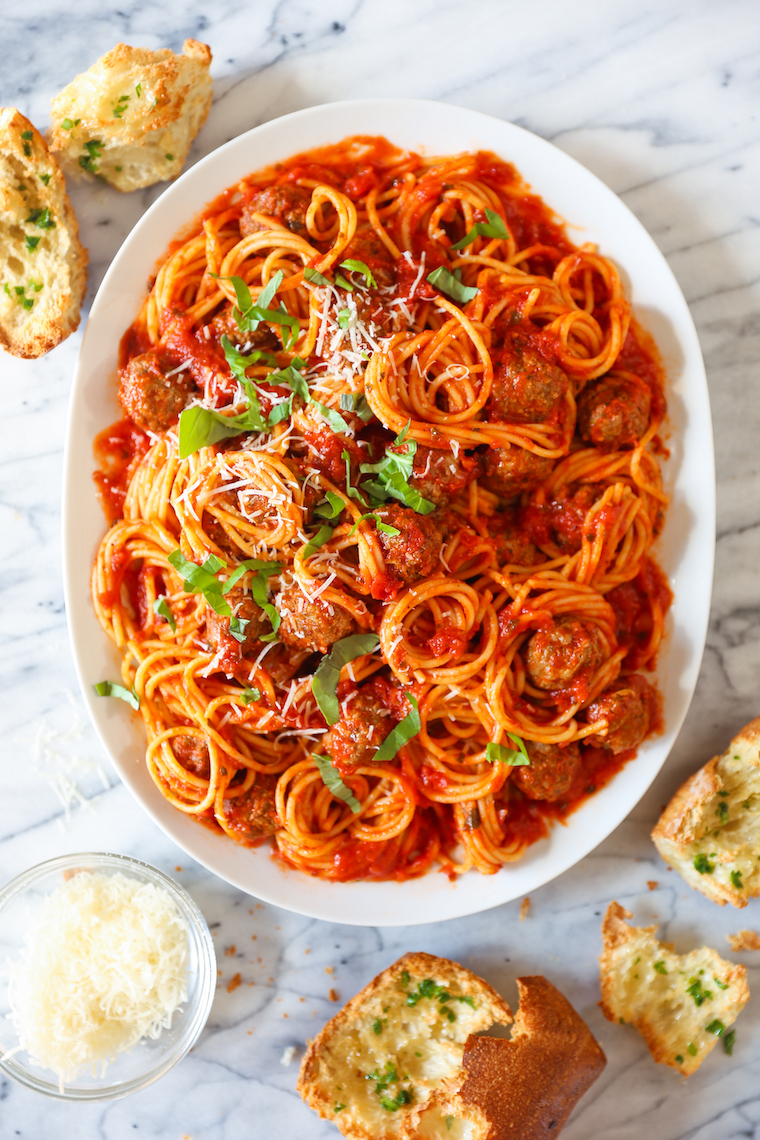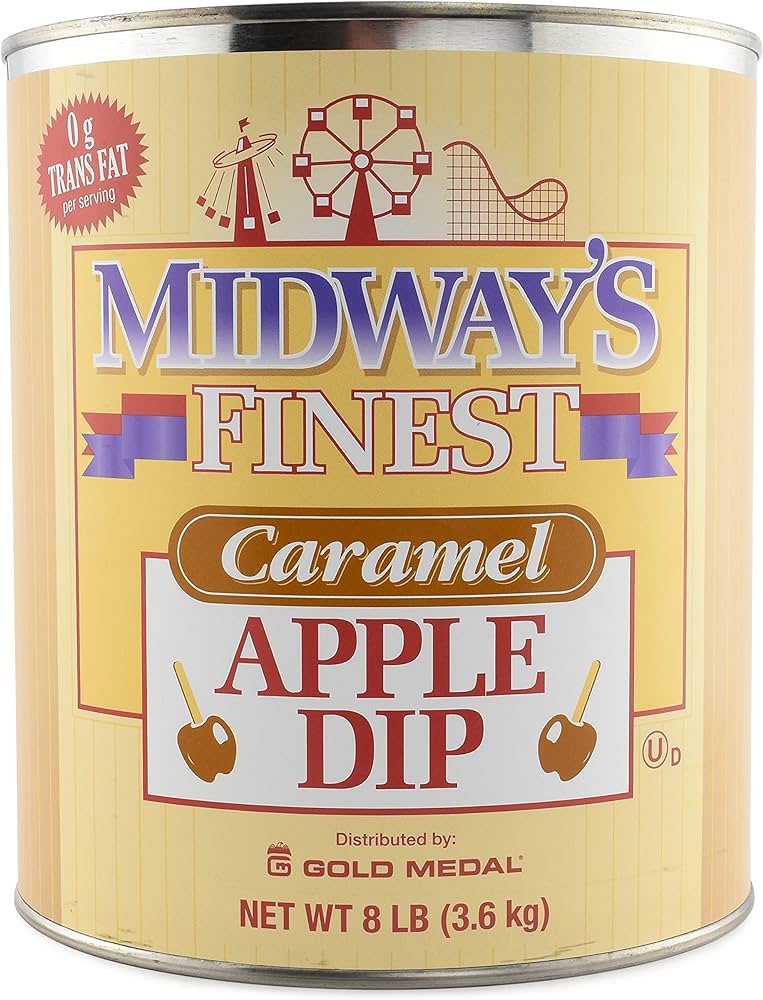Crawfish Cornbread: History, Cooking Tips, and Nutritional Benefits
Crawfish cornbread combines two iconic ingredients from Southern cuisine: crawfish and cornbread. Crawfish, often associated with Cajun and Creole cooking, has deep roots in Louisiana’s culinary traditions. Cornbread itself dates back to Native American recipes that European settlers later adopted and modified.
Crawfish cornbread likely emerged as cooks experimented with local ingredients, blending the savory taste of cornbread with crawfish tails’ distinctive flavor. Over time, recipes began incorporating a variety of spices, vegetables, and even cheeses, reflecting regional tastes and preferences.
Regional Popularity
Crawfish cornbread enjoys widespread popularity in the Southern United States, particularly in Louisiana, Mississippi, and Texas. These states have rich histories tied to both crawfish harvesting and cornbread baking. In Louisiana, crawfish season coincides with festivals where local dishes, including crawfish cornbread, are staples.
Restaurants across the South feature crawfish cornbread on menus, often as a beloved appetizer or side dish. Grocery stores in these regions sometimes offer pre-mixed ingredients, demonstrating the dish’s integration into everyday culture. Social gatherings, family events, and local celebrations frequently include crawfish cornbread, cementing its status as a Southern culinary classic.
Key Ingredients in Crawfish Cornbread
Choosing the Right Crawfish
Selecting fresh crawfish is crucial for flavor and texture. Ensure the crawfish is vibrant in color and free from any unpleasant odors. Freshly caught crawfish from local markets or reputable seafood suppliers work best. If fresh crawfish isn’t accessible, opt for high-quality frozen crawfish that has been properly thawed.
Cornmeal Variations
Cornmeal types can affect the texture and taste of the cornbread. While traditional recipes use yellow cornmeal, white cornmeal or a mix of both can be used based on preference. Coarse cornmeal offers a grainier texture, while finely ground cornmeal provides a smoother consistency. You could also experiment with stone-ground cornmeal for a richer, more robust flavor.
Cooking Techniques
Baking Tips for Perfect Consistency
Consistency is crucial in crawfish cornbread. Mix the batter evenly to ensure uniform texture. Blend wet ingredients (e.g., eggs and milk) separately before adding to dry mixtures (e.g., cornmeal and flour). This prevents lumps. Preheat your oven to an appropriate temperature, usually around 375°F. Pour the batter into a pre-greased baking dish, which helps prevent sticking and ensures even cooking. Bake until the top turns golden brown and a toothpick inserted comes out clean, normally about 30-35 minutes.
Common Mistakes When Making Crawfish Cornbread
Avoid overmixing the batter. Overmixing leads to dense cornbread rather than a light, fluffy texture. Don’t use low-quality crawfish, which affects flavor significantly; fresh or properly thawed frozen crawfish are best. Neglecting to preheat your oven or pre-grease the baking dish can cause uneven cooking and sticking. Lastly, don’t skimp on seasoning. Traditional spices like paprika, cayenne pepper, and garlic powder enhance the dish’s flavor profile.
Serving and Pairing Ideas
Best Side Dishes
Complement crawfish cornbread with side dishes that enhance its flavors. Coleslaw, potato salad, and green beans provide a refreshing contrast. Red beans and rice, jambalaya, and shrimp étouffée embody Southern cuisine and pair perfectly.
- Coleslaw: Offers a crunchy, tangy contrast.
- Potato Salad: Adds smooth, creamy texture.
- Green Beans: Delivers a fresh, simple accompaniment.
- Red Beans and Rice: Harmonizes with the Southern theme.
- Jambalaya: Complements with more rich, spicy flavors.
- Shrimp Étouffée: Enhances the seafood element.
Recommended Beverages
Pair drinks that balance or highlight the spicy, savory nature of crawfish cornbread. Iced tea, lemonade, and light beers cleanse the palate well. White wines such as Sauvignon Blanc or Chardonnay complement the cornbread’s corn and crawfish flavors.
- Iced Tea: Refreshing and classic.
- Lemonade: Adds a sweet-tart balance.
- Light Beer: Refreshes and doesn’t overpower.
- Sauvignon Blanc: Enhances with crisp, citrus notes.
- Chardonnay: Complements with buttery, rich flavors.
Health Aspects of Crawfish Cornbread
Nutritional Benefits
Crawfish cornbread offers a unique blend of nutrients due to its diverse ingredients. Crawfish provide high-quality protein, essential for muscle repair and growth. Each serving contains around 15 grams of protein. Additionally, crawfish are low in fat but rich in omega-3 fatty acids, promoting cardiovascular health.
Cornmeal, another key ingredient, supplies fiber and complex carbohydrates. Fiber aids in digestion and helps maintain a healthy weight, while complex carbs provide steady energy. A standard serving of crawfish cornbread includes about 30 grams of carbohydrates and 3 grams of fiber.
Crawfish cornbread also contains vitamins and minerals. Crawfish alone provide vitamin B12, iron, and zinc, essential for immune function and energy levels. Adding vegetables such as bell peppers and onions can increase the intake of vitamins A, C, and antioxidants.
Dietary Considerations
When preparing crawfish cornbread, it’s important to consider dietary restrictions. For those with gluten intolerance, using gluten-free cornmeal can make the dish suitable for consumption. Moreover, lactose-free milk or cheese alternatives are available if you are lactose intolerant.
If reducing sodium is a concern, opt for low-sodium baking powder and limit added salts. The fresh ingredients, like crawfish and vegetables, inherently have lower sodium content.
For a lower-calorie version, use less butter or oil in the recipe. Substituting with olive oil can maintain flavor while reducing saturated fat. Also, lean towards using more vegetables to boost nutritional density without adding excessive calories.
People with shellfish allergies should avoid traditional crawfish cornbread. However, alternative protein sources like diced chicken or turkey sausage can be substituted, maintaining the protein content while accommodating dietary restrictions.
Conclusion
Crawfish cornbread is more than just a dish; it’s a celebration of Southern culinary tradition. By focusing on fresh ingredients and mastering the cooking techniques, you can create a flavorful and nutritious meal that stands out. Whether you’re accommodating dietary restrictions or looking to try new variations, there’s a version of crawfish cornbread for everyone. So, roll up your sleeves and bring a taste of Louisiana into your kitchen.





